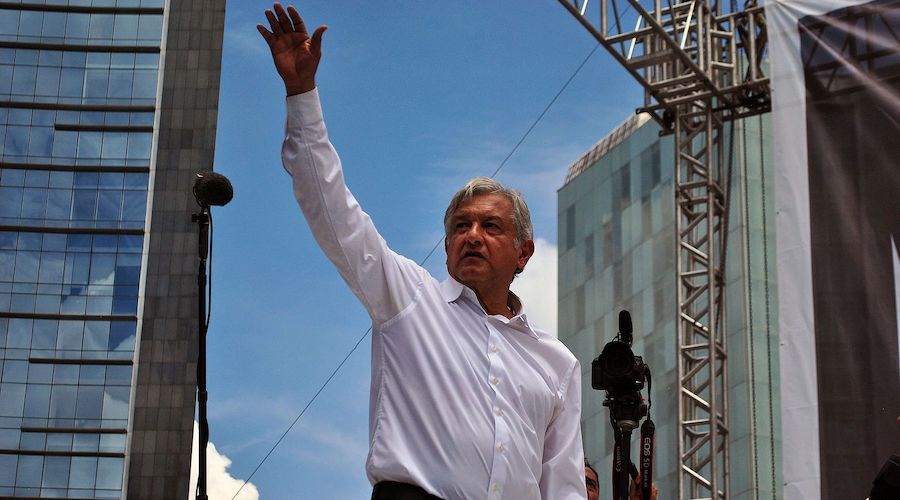
Latin American governments have increasingly sought more control of their mining and energy revenue over the past few years, with Mexico leading the pack according to the latest Resource Nationalism Index rankings published by Verisk Maplecroft on Wednesday.
The report said environmental concerns as well as those from local communities increasingly play a bigger role in influencing policy shifts.
Over the past four years, Mexico has risen the most in the ranking, which is currently led by Venezuela. Argentina was placed in the top 20 for the first time after coming in at No. 81 out of 198 countries in the third quarter of 2018.
The rankings represent the level of risk to business from governments taking greater control of economic activity and revenue generated in extractive industries, Verisk Maplecroft said.
The measurements take in to account state drivers, participation in extraction and expropriation outcomes. The higher a country’s ranking, the greater the perceived risk.
The risk increase comes as commodity prices measured by the Refinitiv/CoreCommodity CRB index this quarter hit the highest level since 2015
Mexico’s rise from 101 in 2018’s third quarter to No. 3 at present is driven by President Andres Manuel Lopez Obrador’s “nationalist agenda,” according to the analysis.
“A legislative proposal (now stalled) to nationalize lithium indicates AMLO’s interventionism is all but certain to expand beyond oil and gas in the second half of his term,” the report noted, using an abbreviation for Lopez Obrador.
Mexico’s president has argued that his push to bolster state companies aims to balance a market that has been skewed in favor of the private sector.
In the case of Argentina, Verisk Maplecroft said President Alberto Fernandez’s intervention in multiple sectors is the source of the increased risk.
“Because intervention has largely ideological and political motivations, we expect it to intensify as the government heads into the second half of its term, regardless of the outcome of the November midterms.”
The report notes, however, that Brazil and Colombia, which are led by center-right governments as opposed to the left-leaning Mexico and Argentina, are also seeing an increase in risk for investors in resource sectors.
“The once stable mining destinations of Peru and Chile are on the cusp of political changes that will alter the operating environment for the industry,” said the report.
Peru’s president, Pedro Castillo, sworn in late last month, campaigned partly on the promise of keeping for the country a larger chunk of the revenue derived from mining. Legislation along the same lines is being discussed in Chile, the world’s largest copper producer.
Ecuador, bucking the regional trend, dropped from No. 3 in 2017 to a current rank of 74.
A third of the countries assessed show increasing risks for business over the past four years as governments aim to take more control of revenue associated with extracting industries. About a fourth showed a decrease in such risks.
The risk increase comes as commodity prices measured by the Refinitiv/CoreCommodity CRB index this quarter hit the highest level since 2015. The index last year hit its lowest level in records dating back to 1994.
The MSCI Global Metals and Mining Producers ETF in May hit its highest price since early 2012, while the MSCI Global Energy Producers ETF has nearly doubled in price from depths hit in March 2020.
(By Rodrigo Campos; Editing by Matthew Lewis)
Comments